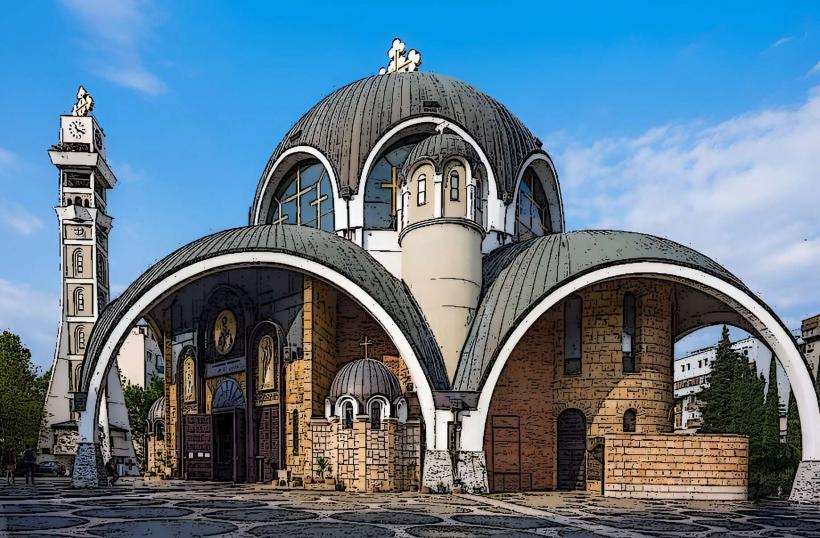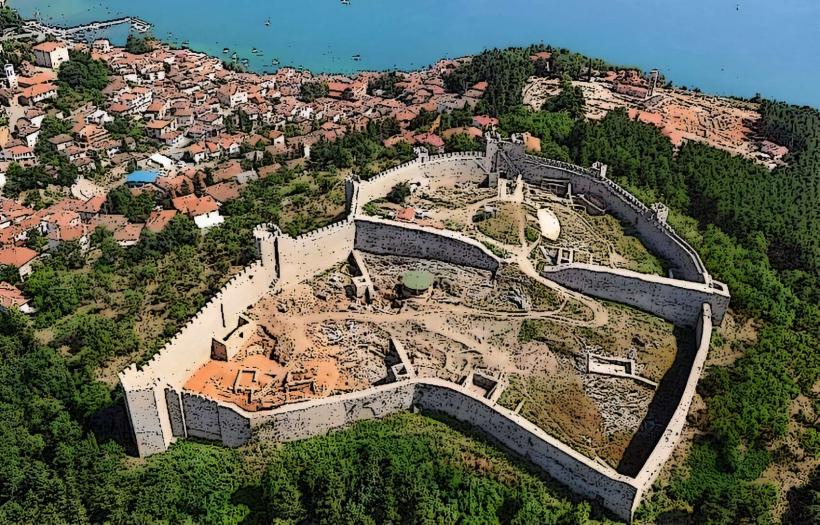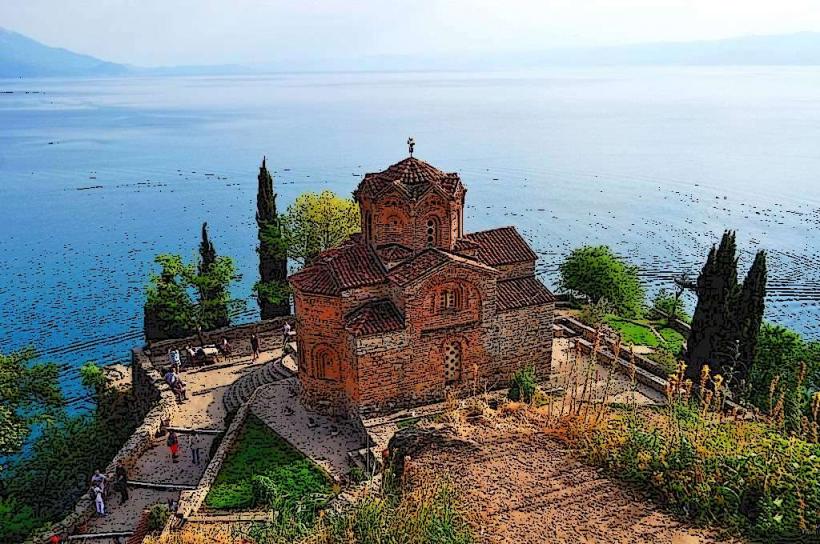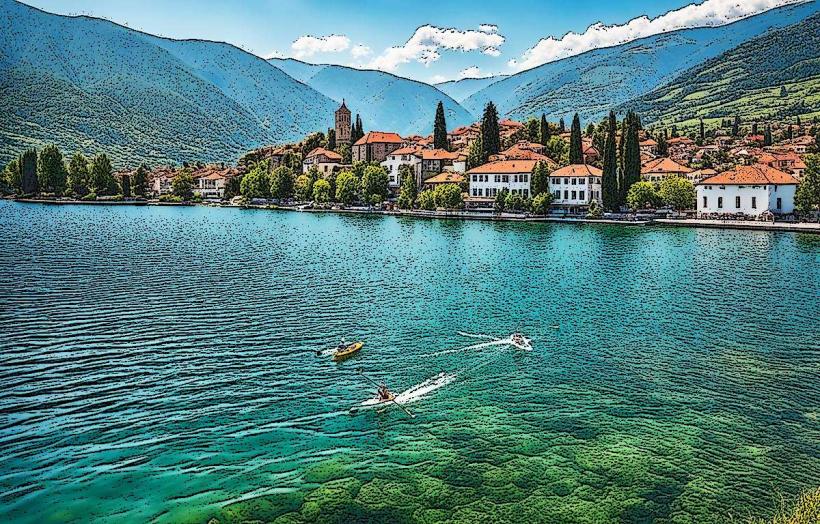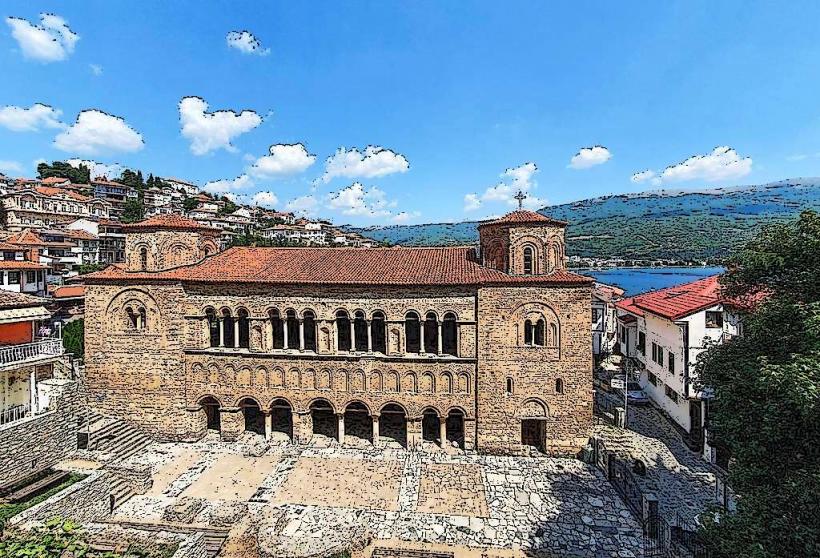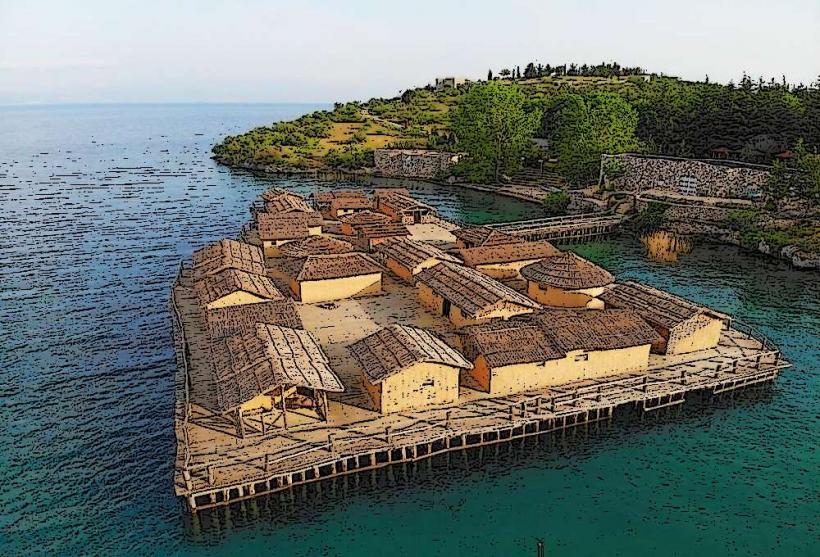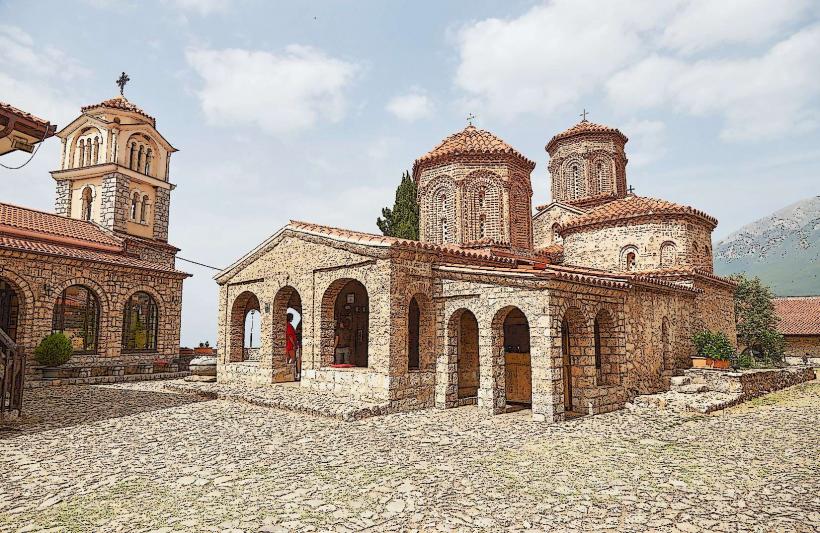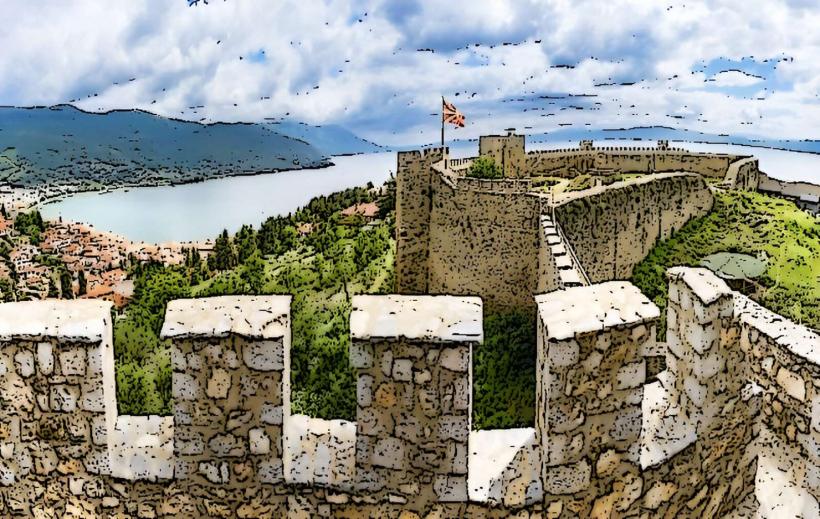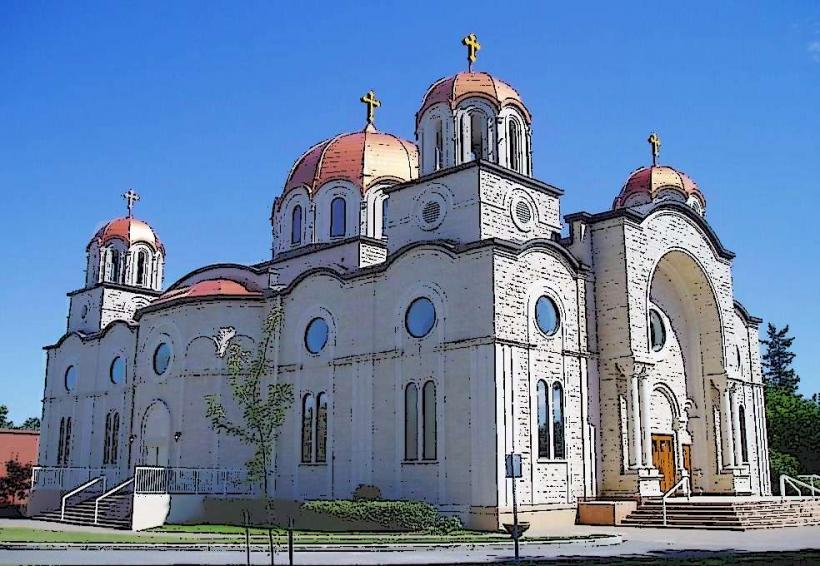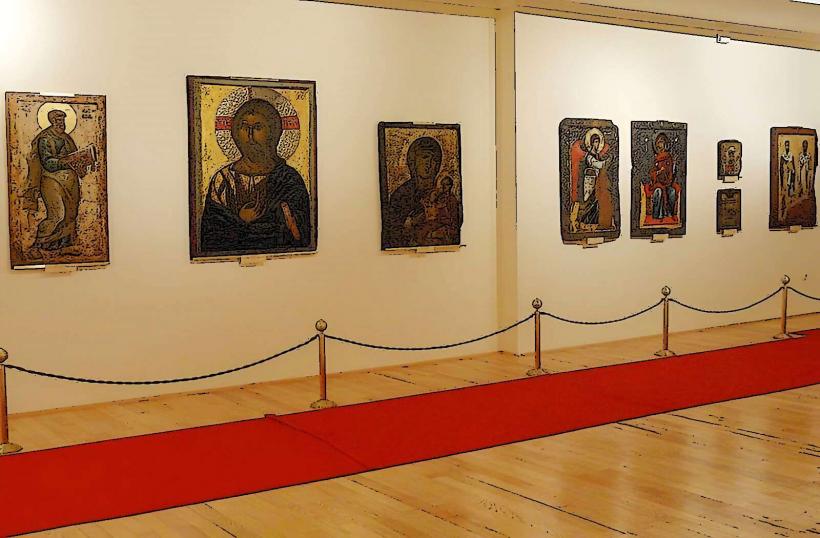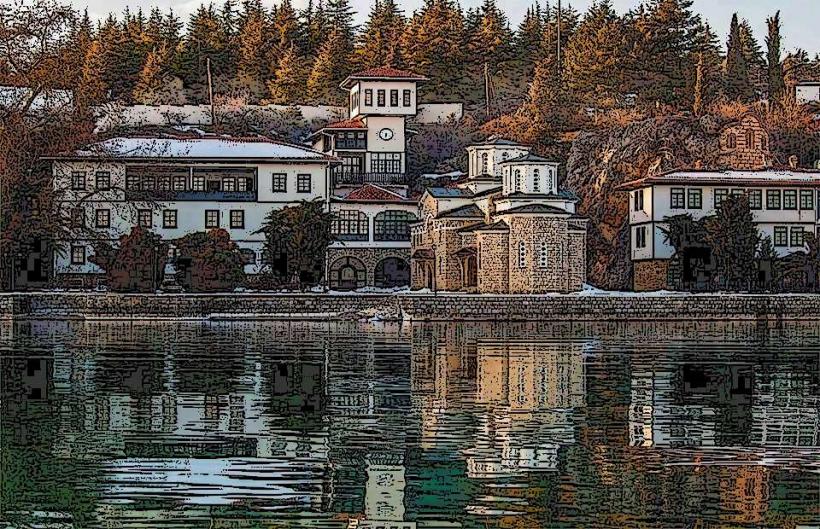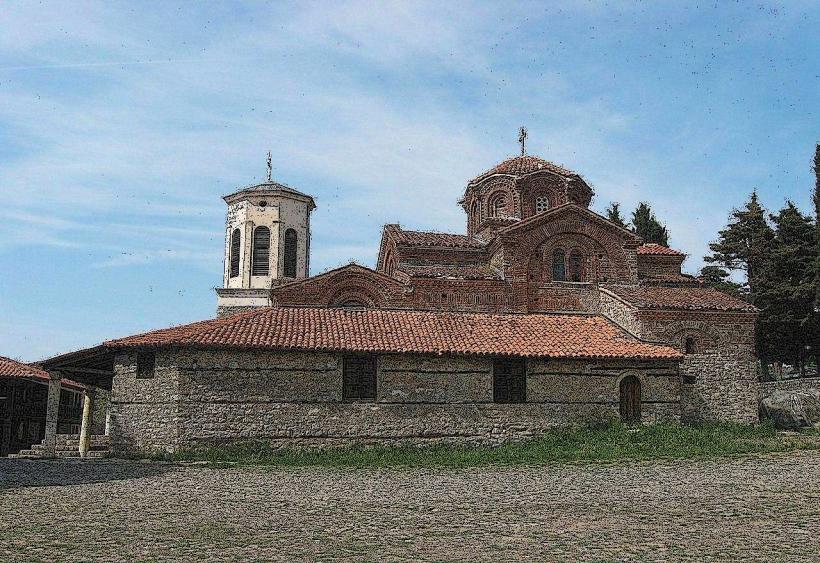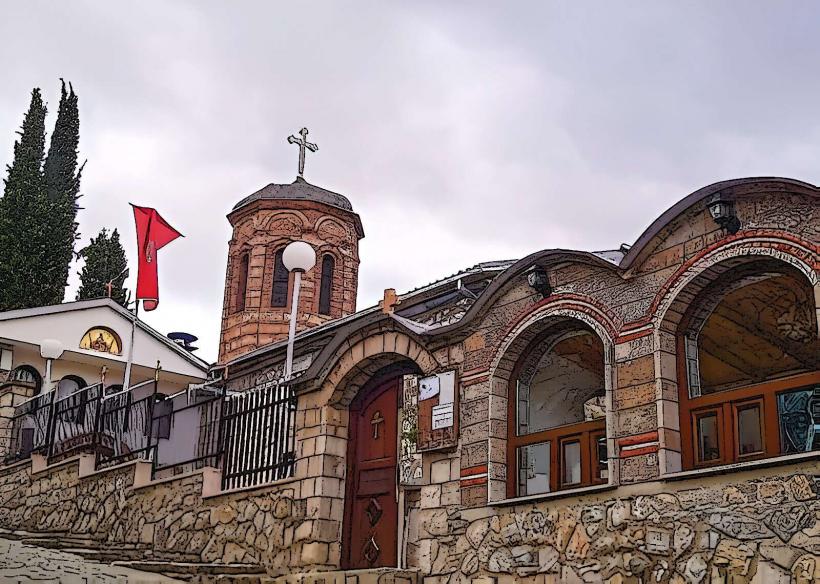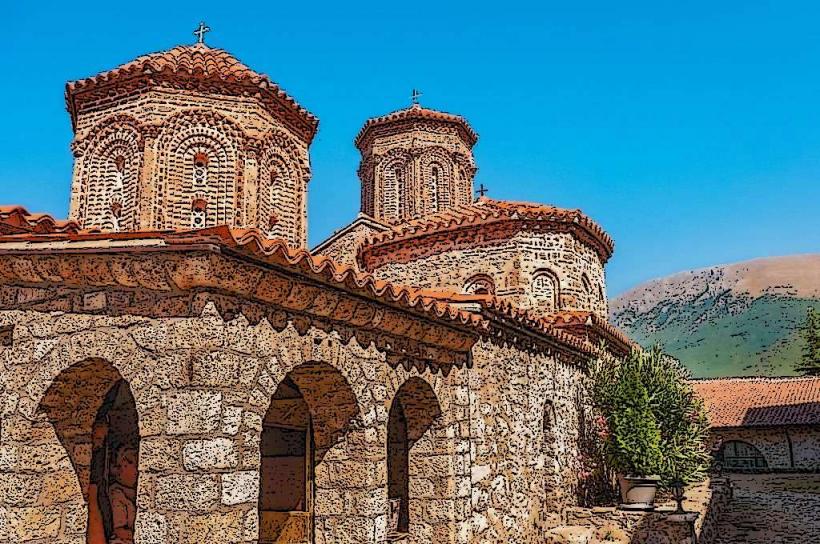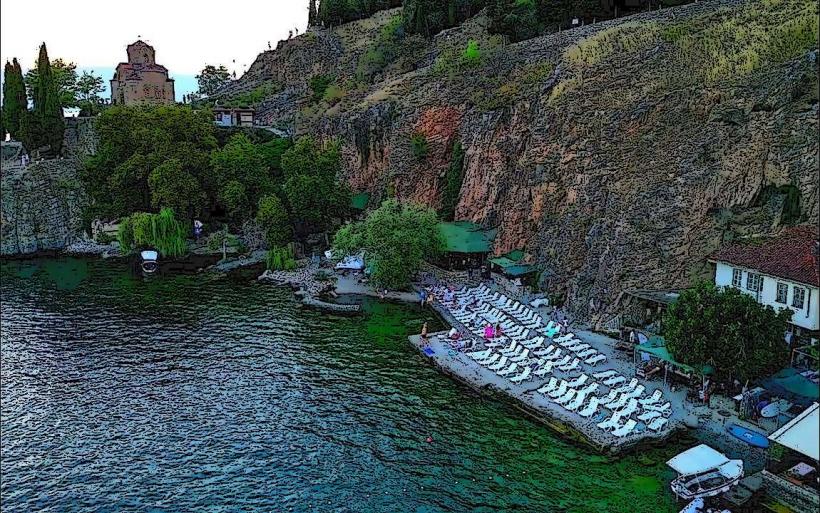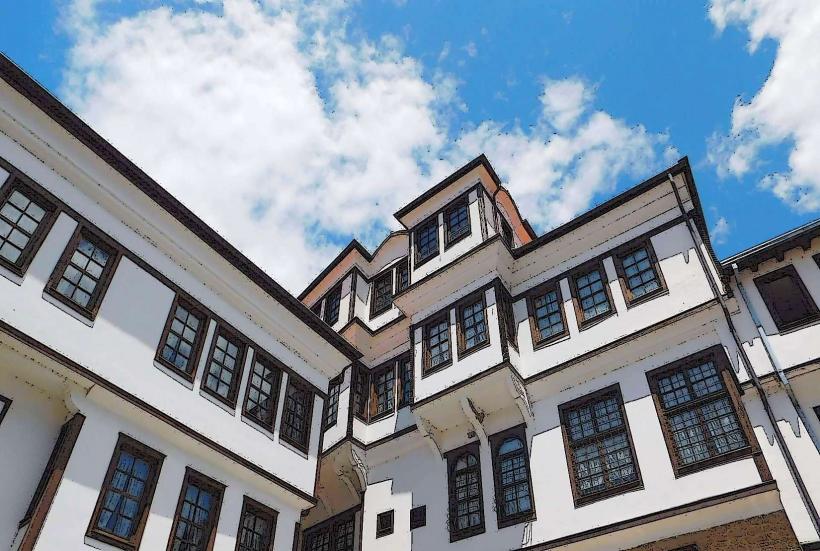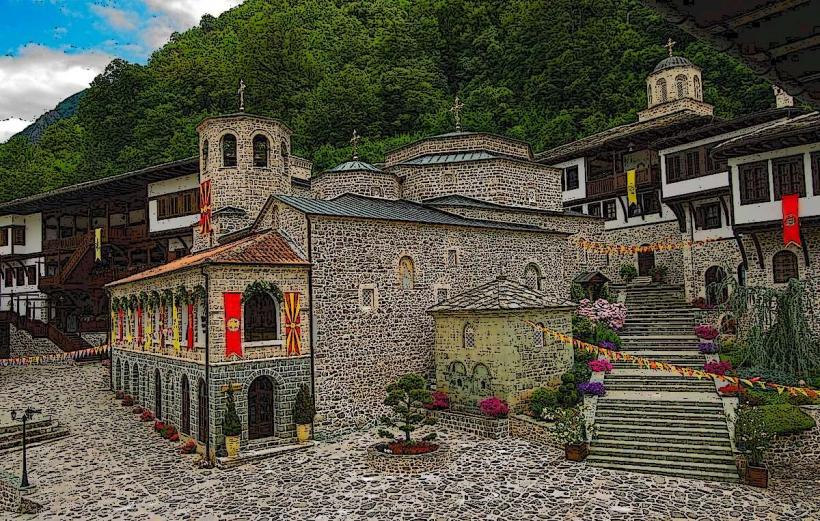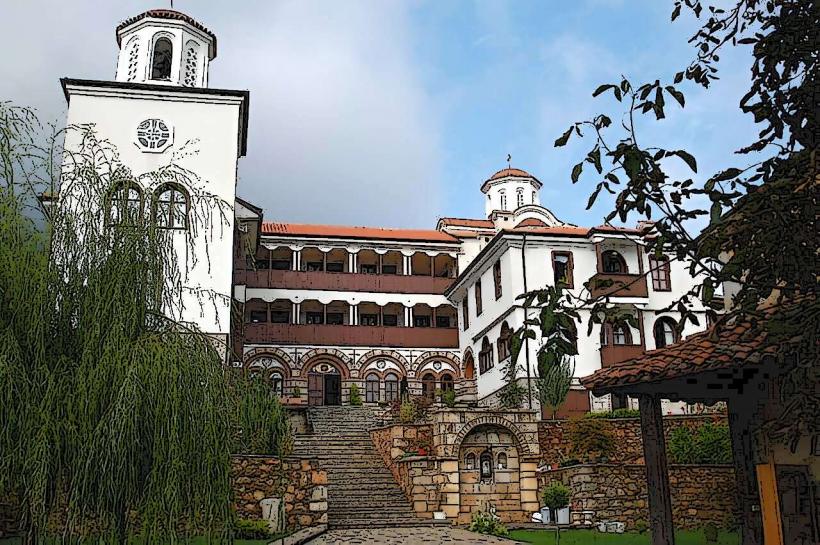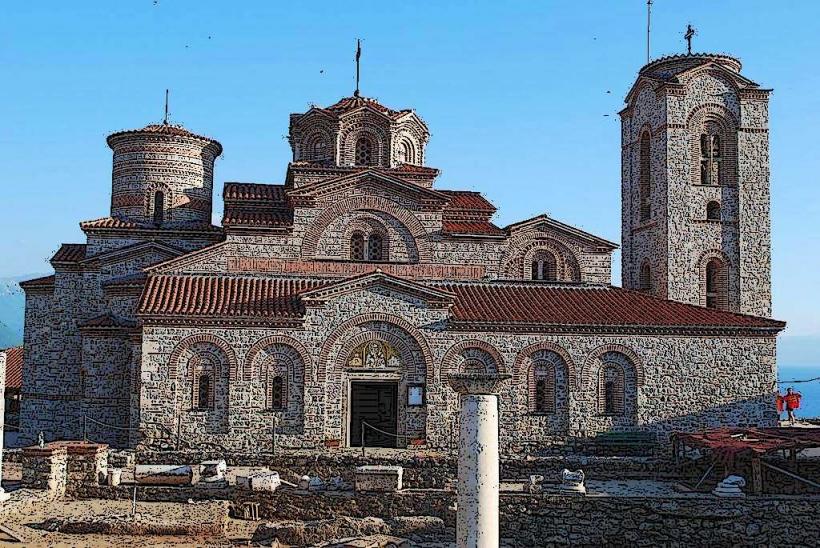Information
Landmark: Ohrid PlaošnikCity: Ohrid
Country: North Macedonia
Continent: Europe
Plaošnik is an important archaeological and cultural site in Ohrid, North Macedonia, located on the southern slope of the Ohrid Fortress. The site is notable for its historical significance, particularly in relation to the early Christianization of the Slavic peoples and the development of Slavic culture. It is also famous for being home to the St. Clement of Ohrid Monastery and a key center of the Ohrid Literary School.
Overview
- Location: Plaošnik is situated just below the Ohrid Fortress (Kale), offering a panoramic view of the town of Ohrid and Lake Ohrid. The site is a part of the UNESCO World Heritage Site that includes Ohrid and its surrounding monuments.
- Historical Significance: The area has been inhabited since prehistoric times, but it became especially important during the 9th century with the arrival of Saint Clement of Ohrid, one of the most important figures in the Christianization of the Slavs in the Balkans.
Historical and Religious Importance
St. Clement of Ohrid:
- Plaošnik is closely associated with Saint Clement of Ohrid, a disciple of Saints Cyril and Methodius (the creators of the Cyrillic alphabet and the Glagolitic script). Clement was tasked with spreading Christianity and Slavic literacy across the region.
- Saint Clement founded the Ohrid Literary School at Plaošnik in the 9th century, which became a major center for the development of the Cyrillic alphabet and the spread of Orthodox Christianity among the Slavic peoples.
- Saint Clement is also credited with the translation of religious texts into Old Church Slavonic, a language that would later become the liturgical language for Slavic Orthodox Christians.
The Early Christian Basilica:
- At Plaošnik, archaeological excavations have revealed the remains of an early Christian basilica from the 5th century, which is believed to have been one of the first churches built in the region after the Christianization of the Balkans.
- The basilica was built over an ancient pagan site, highlighting the transition from paganism to Christianity in the region.
- The church was likely used for liturgical services and Christian gatherings, making it a key location in the spread of Christianity during the Byzantine era.
Monastery of St. Clement:
- The Monastery of St. Clement is another key feature of Plaošnik. It is dedicated to Saint Clement of Ohrid, who is venerated as the patron saint of the town. The monastery was established in the 9th century and became an important center of Christian learning and cultural activity.
- The monastery contains the relics of Saint Clement and serves as a pilgrimage site for Orthodox Christians, particularly those from the Slavic Orthodox tradition.
Ohrid Literary School:
- Plaošnik is also famous for being the birthplace of the Ohrid Literary School, which produced many important scholars and theologians who contributed to the spread of Slavic Christianity.
- The school played a central role in the development of the Cyrillic alphabet, which was created by Saints Cyril and Methodius to facilitate the translation of Christian texts into the Slavic languages.
- The literary tradition of the school influenced the culture and religious practices of the Slavic Orthodox world, and its legacy is still felt in the Balkans today.
Archaeological Excavations
Excavations and Discoveries:
- The Plaošnik site has been the focus of numerous archaeological excavations, which have uncovered a wide range of ancient structures, including the basilica, monasteries, and private residences from the Roman and Byzantine periods.
- Artifacts such as early Christian mosaics, stone inscriptions, and liturgical items have been discovered, offering valuable insights into the early Christian history of the region.
- The remains of the early basilica are among the most significant finds, with frescoes and mosaic floors that provide a glimpse into the religious and artistic life of the period.
Restoration and Preservation:
- In recent years, efforts have been made to restore and preserve the structures at Plaošnik. Restoration of the Monastery of St. Clement and the early Christian basilica has been an important part of the cultural and religious tourism development in Ohrid.
- The site now attracts visitors from around the world, particularly those interested in Slavic Christianity, Byzantine history, and the Christianization of the Balkans.
Cultural Role Today
- Pilgrimage Site:
- Plaošnik remains an active pilgrimage site for Orthodox Christians, particularly those from Slavic countries. Visitors come to honor Saint Clement of Ohrid, whose contributions to Slavic Christianity and literacy continue to resonate throughout the Balkans.
- Tourism and Education:
- The Plaošnik site is an important tourist destination for those interested in historical and religious tourism. Visitors can explore the ancient basilica, monasteries, and archaeological remains, while also learning about the Slavic Orthodox heritage and the historical significance of Saint Clement.
- In addition to its religious and cultural significance, Plaošnik is also an important site for academic research related to medieval history, archaeology, and Slavic studies.
Conclusion
Plaošnik is a site of immense historical, religious, and cultural significance in Ohrid. It is intimately connected to the life and work of Saint Clement of Ohrid, the Slavic missionary and scholar who played a key role in the spread of Orthodox Christianity and the Cyrillic alphabet in the Balkans. The remains of the early Christian basilica, St. Clement’s monastery, and the legacy of the Ohrid Literary School make Plaošnik a vital part of the cultural heritage of North Macedonia and the wider Slavic Orthodox world. Today, it continues to attract pilgrims and tourists alike, serving as a testament to the enduring spiritual and cultural impact of the region.

